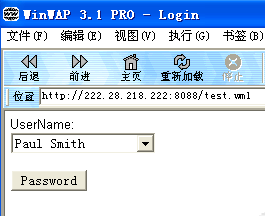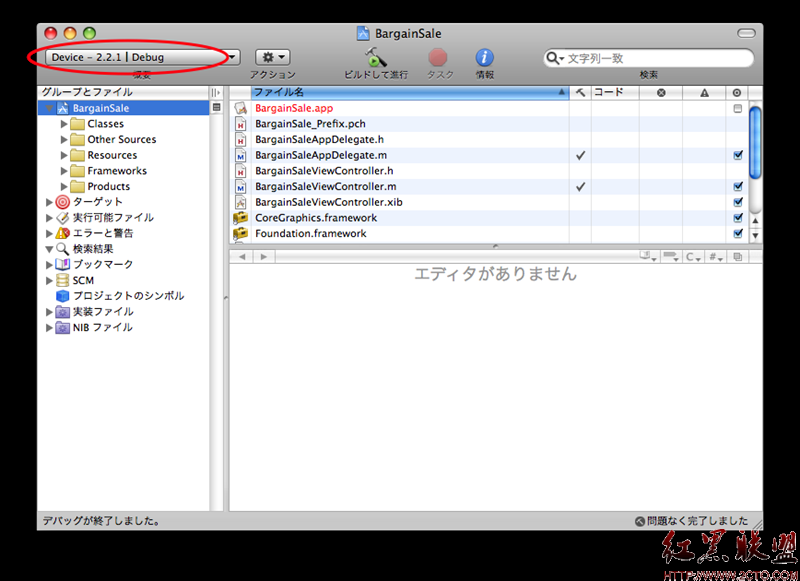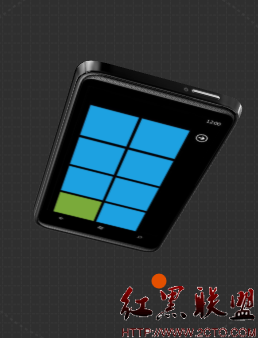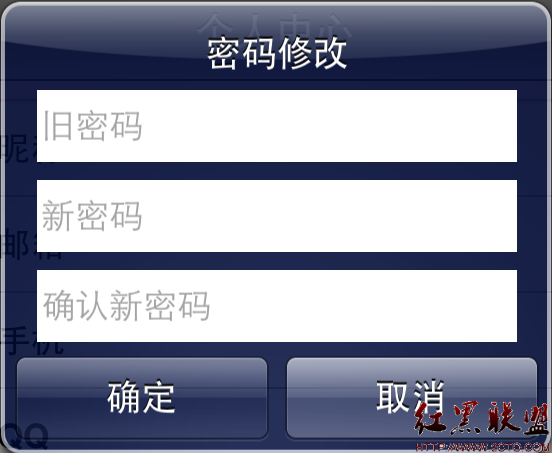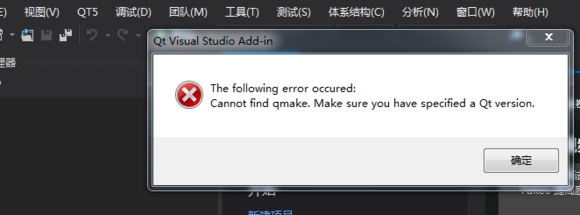1. FileInputStream FileOutputStream通过字节流来读写文件
[java]
public static void main(String[] args) throws Exception {
//将文件里写数据
File f = new File("d:\\dmeo.txt");
FileOutputStream output = new FileOutputStream(f);
String s = "I Am Learning Java , 我在学习Java";
byte[] b = s.getBytes(); //将String变为byte数组
//output.write(b);write可以接收byte数组
for (int i = 0; i < b.length; i++) {
output.write(b[i]);
}
output.flush();
output.close();
//读取文件里数据
FileInputStream input = new FileInputStream(f);
//开辟一个文件大小的数组空间
byte[] in = new byte[(int) f.length()];
//将读取来的字节放入数组中
for (int i = 0; i < in.length; i++) {
in[i] = (byte) input.read();
}
System.out.print(new String(in));
input.close();
}
2. BufferedInputStream BufferedOutPutStream 带有缓存的读写字节流
[java]
public static void main(String[] args) throws Exception {
//将文件里写数据
File f = new File("d:\\dmeo.txt");
BufferedOutputStream output = new BufferedOutputStream(new FileOutputStream(f));
String s = "I Am Learning Java , 我在学习Java";
byte[] b = s.getBytes();
output.write(b); //默认会有512字节的缓存,当缓存存满时一次性向文件中写入
output.flush();
output.close();
BufferedInputStream input = new BufferedInputStream(new FileInputStream(f));
byte[] in = new byte[(int)f.length()];
for (int i = 0; i < in.length; i++) {
in[i] = (byte)input.read();
}
System.out.println(new String(in));
input.close();
}
2. DataInputStream DataOutputStream 可以读写基本数据类型的字节流
[java]
import java.io.*;
//一个简单的人员类,只有姓名和年龄
public class Person {
private String name;
private int age;
public Person(String name ,int age){
this.name = name;
this.age = age;
}
public String getName(){
return this.name;
}
public int getAge() {
return this.age;
}
public static void main(String[] args) {
//构造对象数组
Person[] p1 = {new Person("Ryan",20),new Person("Tom",30),new Person("Jerry",15)};
File f = new File("d:\\demo\\demo.txt");
try {
DataOutputStream output = new DataOutputStream(new FileOutputStream(f));
//写入数据
for (int i = 0; i < p1.length; i++) {
output.writeUTF(p1[i].getName()); //以UTF编码写入姓名
output.writeInt(p1[i].getAge()); //以Int型写入年龄
}
output.flush();
output.close();
} catch (Exception e) {
e.printStackTrace();
}
Person[] p2 = new Person[p1.length];
try {
//读出数据
DataInputStream input = new DataInputStream(new FileInputStream(f));
for (int i = 0; i < p1.length; i++) {
String name = input.readUTF(); //读出姓名
int age = input.readInt(); //读出年龄
//重新构造person对象
p2[i] = new Person(name,age);
}
input.close();
} catch (Exception e) {
e.printStackTrace();
}
//检查是否还原正确
for (int i = 0; i < p2.length; i++) {
System.out.println("姓名:" + p2[i].getName() + " ;年龄:" + p2[i].getAge());
}
}
}<strong>
</strong>
2. PrintStream 将内存中的数据经过相应的转换后再输出
[java]
public static void main(String[] args){
File f = new File("d:\\dmeo.txt");
String studentName = "TOM";
int age = 20;
double totalScore = 600.0f;
PrintStream ps = null;
try {
ps = new PrintStream(new FileOutputStream(f));
} catch (FileNotFoundException e) {
e.printStackTrace();
}
//格式化后输出
ps.printf("姓名:%s , 年龄:%d , 总分:%3.1f",studentName,age,totalScore);
}
